Have you ever wondered why your seemingly calm, affectionate feline suddenly turned into a hissing, hiding shadow of their former self? The truth is, cats are incredibly sensitive creatures, and beneath their independent exterior lies a complex emotional world that can be easily disrupted. Understanding these emotional triggers isn’t just about avoiding scratched furniture or mysterious accidents outside the litter box. It’s about recognizing the silent distress signals that our cats send when their emotional equilibrium gets knocked off balance.
Your cat isn’t being “bad” when they act out. Aggressive behaviors in cats often stem from fear, stress, and anxiety, not anger, spite, or other reasons that humans usually use to explain a cat’s aggressive behavior. Let’s dive into the subtle world of feline emotions and discover what really causes our cats to suddenly change their behavior.
Sudden Physical Pain and Medical Issues

A normally friendly cat that is suddenly hissing, swatting, and biting may be a cat in pain. Out-of-character meanness is a cat’s way of asking to be left alone. It’s honestly one of the most heartbreaking realizations for cat owners when they discover their pet’s aggressive behavior was actually a cry for help.
Cats with aggression problems should always be examined for underlying medical problems, especially painful diseases such as arthritis, dental pain and abscesses from fighting. Physical discomfort can transform even the gentlest cat into a defensive, withdrawn animal. Cats in pain may exhibit subtle behavioral changes, such as increased aggression, hiding, decreased appetite, weight loss, reduced activity levels, and inappropriate urination.
Think of it this way: imagine having a constant toothache but being unable to tell anyone about it. Your cat experiences this same frustration, except they can only communicate through changes in behavior. Cats do not act out of spite, and any behavior change can be a sign of pain or another health problem.
Environmental Changes and Disruptions
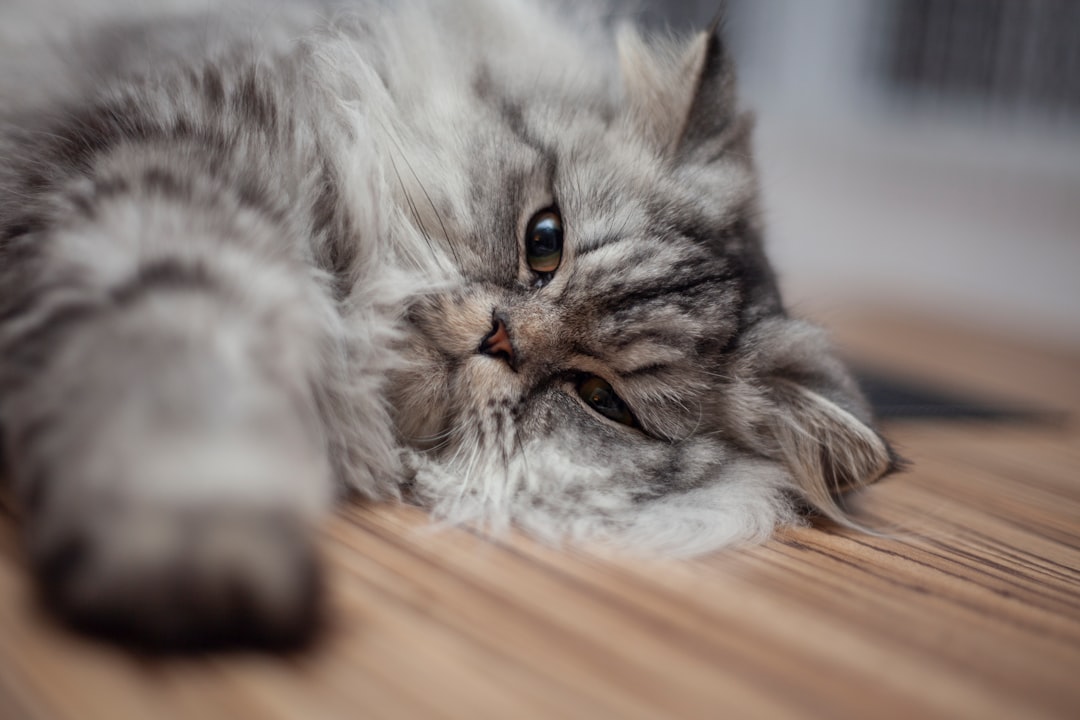
Cats are extremely sensitive to changes in their environment. A new pet, moving houses, construction noise, or even rearranging furniture can lead to sudden behavior changes. When that’s disturbed, they may act out. I think many people underestimate just how much cats rely on predictability and routine for their emotional wellbeing.
Changes in the physical environment of the cat, as well as the arrival of a new household member or a change in the daily routine, may all lead to stress. Even something as simple as new furniture placement can upset a cat’s mental map of their territory. Moving home might be a stress to some cats as they like to stay in a familiar environment to feel secure. Cats thrive on routine and aren’t keen on excessive noise, so having builders in is likely to make them feel unsettled.
The key here is gradual introduction of changes whenever possible. When introducing new elements to the environment, do so slowly and carefully, allowing your cat to adjust at their own pace.
Redirected Aggression From External Stressors

When a cat is excited by a stimulus but cannot respond directly, the cat may redirect his aggression toward a human or another cat. Common stimuli that trigger redirected aggression include loud noises, seeing an outdoor or stray cat through a window, or an altercation with another cat in the house. This phenomenon is particularly puzzling for owners because the aggression seems to come out of nowhere.
Picture this scenario: your indoor cat spots a strange cat in your yard through the window. They become highly aroused and want to chase the intruder away, but the glass barrier prevents any action. That pent-up energy and frustration needs an outlet, so they might suddenly attack a housemate or even you. Aggression can be particularly intense if the cat is approached when aroused, or if an interaction itself triggers a sudden peak in emotional arousal. When arousal is triggered by a stimulus to which the cat cannot gain access (eg, another cat outside, loud noise), the cat might redirect its aggression.
Understanding this trigger helps explain why cats sometimes seem to attack “randomly” after seemingly peaceful moments.
Territory and Resource Competition
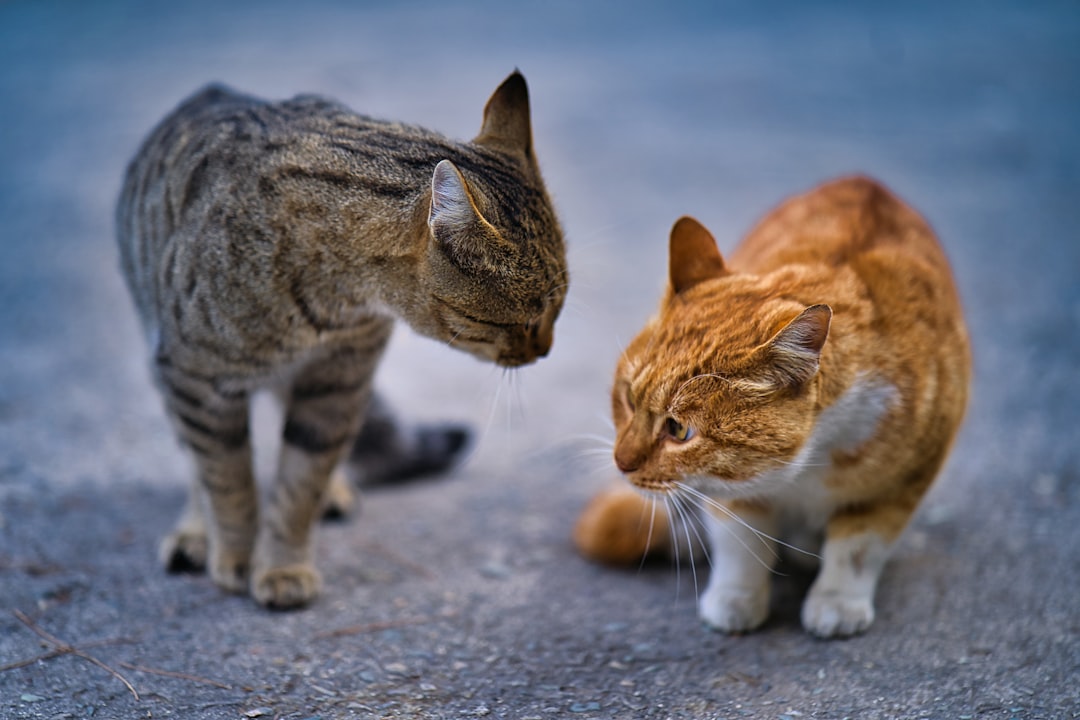
A large proportion of a cat’s stress comes from interactions with other cats. If your cat is sharing key resources (litter trays, food and water bowls, scratching posts, beds, toys etc.) with cats they don’t get on with, this can cause them a great deal of stress. This is because they will compete with other cats for access to these resources, which may cause conflict. Resource guarding isn’t just about being greedy – it’s about survival instinct.
Many cat owners don’t realize that even well-fed, loved cats can experience anxiety about resource availability. Some of the stressors most commonly encountered by cats include changes in environment, inter-cat conflict, a poor human–cat relationship and the cat’s inability to perform highly motivated behavior patterns. This competition can create a constant state of low-level stress that eventually erupts into behavioral problems.
The solution often involves providing multiple resources throughout the house so no single cat can monopolize essential items. Sharing facilities is stressful for many cats, and some cats prefer one box for solids and another for liquids. Offer one litter box per cat plus one (two for one cat; three for two cats), and place them in different rooms to ensure everyone has easy access.
Overstimulation During Petting or Handling
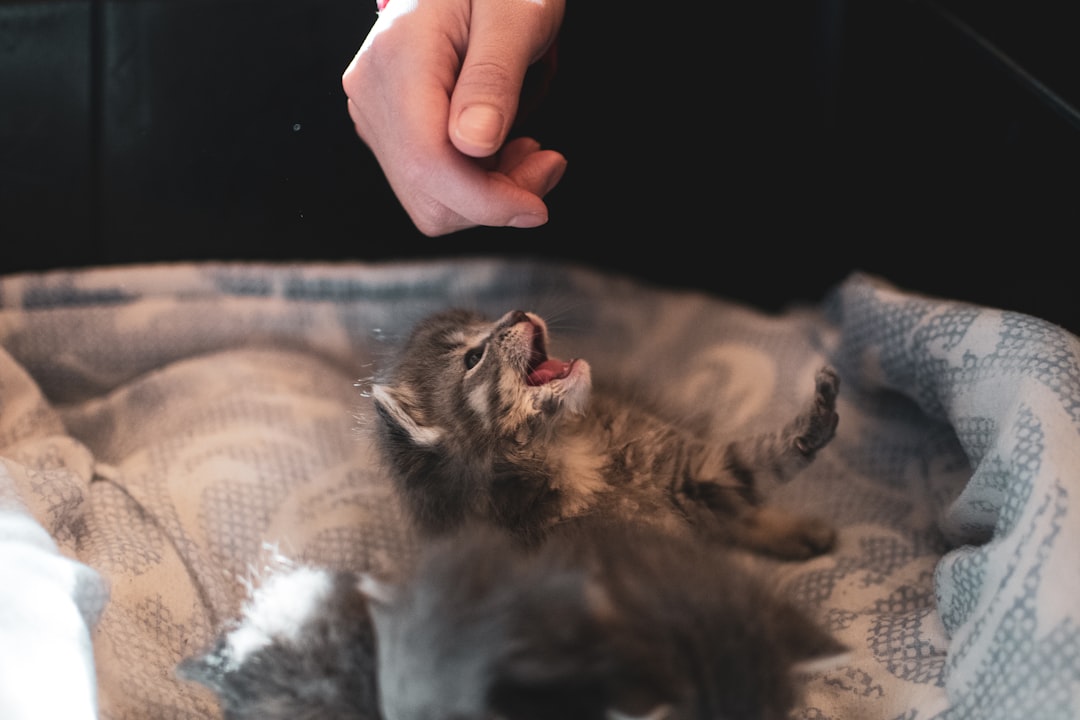
Cats that bite during petting might have a low tolerance for physical contact or might be more easily overstimulated by contact. This trigger catches many owners off guard because it happens during what should be a bonding moment. One minute your cat is purring contentedly on your lap, the next they’re turning around to swat at your hand.
Cats may tolerate petting to a certain degree and become suddenly aggressive when they no longer want to be petted or when a certain part of their body is touched, such as the base of the tail or paws. It’s like a sensory overload – imagine being tickled beyond the point of enjoyment, but being unable to say “stop.”
Learning to read your cat’s body language is crucial here. Flattened ears, twitching tails, or dilated pupils are red flags. Stop petting before escalation. Recognizing these warning signs helps prevent overstimulation incidents before they escalate.
Fear-Based Responses to Past Trauma
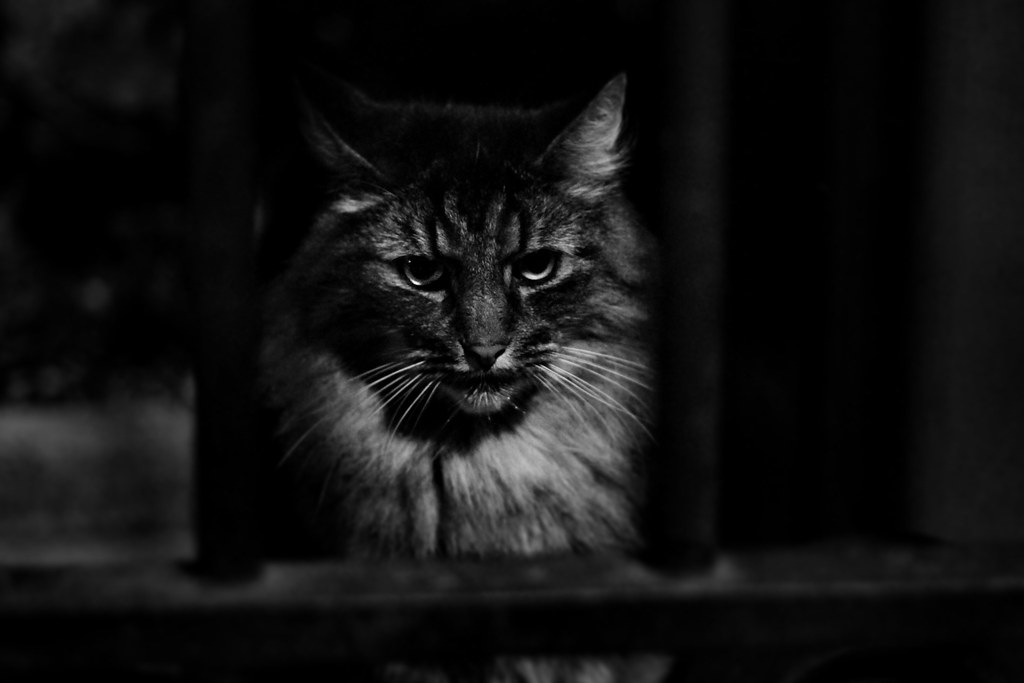
Cats that have been rescued or adopted later in life may carry emotional baggage from previous neglect or abuse. These cats often have invisible scars that can trigger intense behavioral responses to seemingly innocent situations. A raised hand, a loud noise, or even certain types of movement can send them into fight-or-flight mode.
Trauma-based triggers are particularly challenging because they’re often unpredictable and highly specific to each cat’s past experiences. Kittens who aren’t properly socialized can act fearful when faced with something new – whether that’s another pet, human family member or experience. If you didn’t adopt your cat as a kitten, they may have negative associations with certain experiences from kittenhood that trigger stress behaviors.
The good news is that with patience and consistent positive experiences, many trauma-affected cats can learn to trust again. However, some triggers may always remain sensitive spots that require careful management.
Frustration From Unmet Behavioral Needs
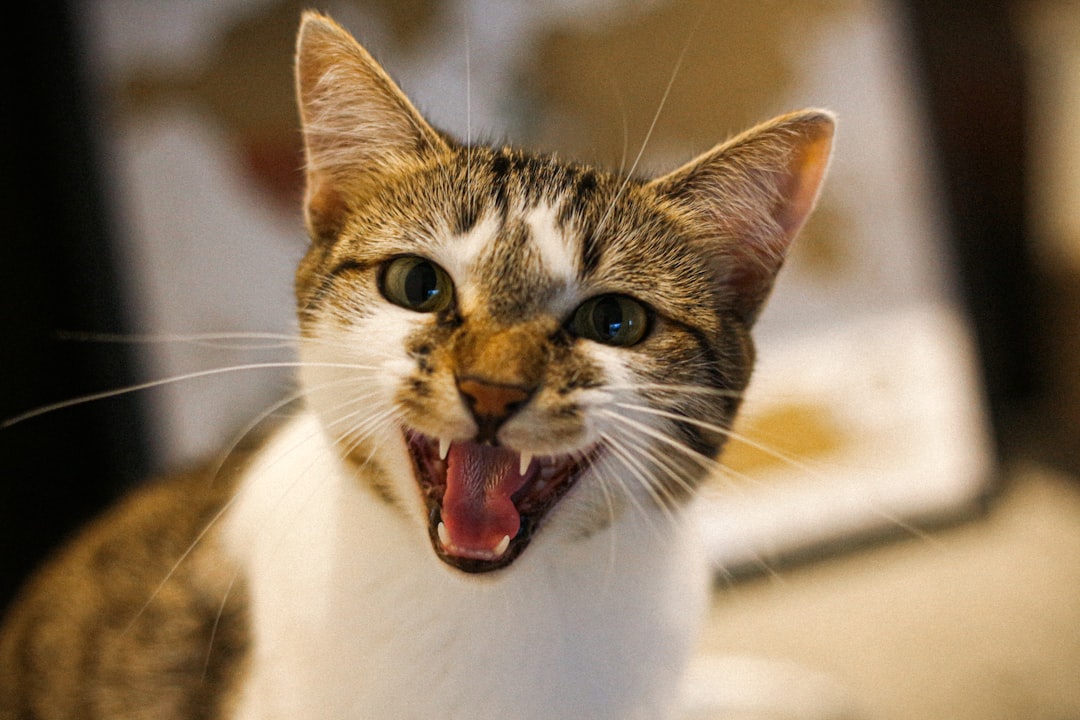
If a cat is motivated to gain access to a resource and is denied the opportunity to do so, frustration will be triggered. This can lead to behaviours that are perceived to be ‘aggressive’ in nature and yet the cat may be responding to perfectly justified emotion. Indoor cats especially can experience this when their natural hunting and territorial behaviors have no outlet.
A barren environment that provides few opportunities to express normal behaviour may also lead to stress, and promoting the cat’s natural behaviour using enrichment strategies has been shown to reduce it. For instance, outdoor cats spend a high proportion of their active time hunting and exploring their territory, and the inability to engage in such behaviours when cats are kept indoors can be particularly challenging. Think of it as cabin fever for cats.
Enrichment isn’t just about toys – it’s about providing opportunities for natural behaviors like climbing, scratching, hunting, and observing. Boredom and lack of stimulation can result in frustration and anxiety. When these needs go unmet, the pent-up energy often manifests as destructive or aggressive behavior.
Owner Emotional State and Relationship Dynamics
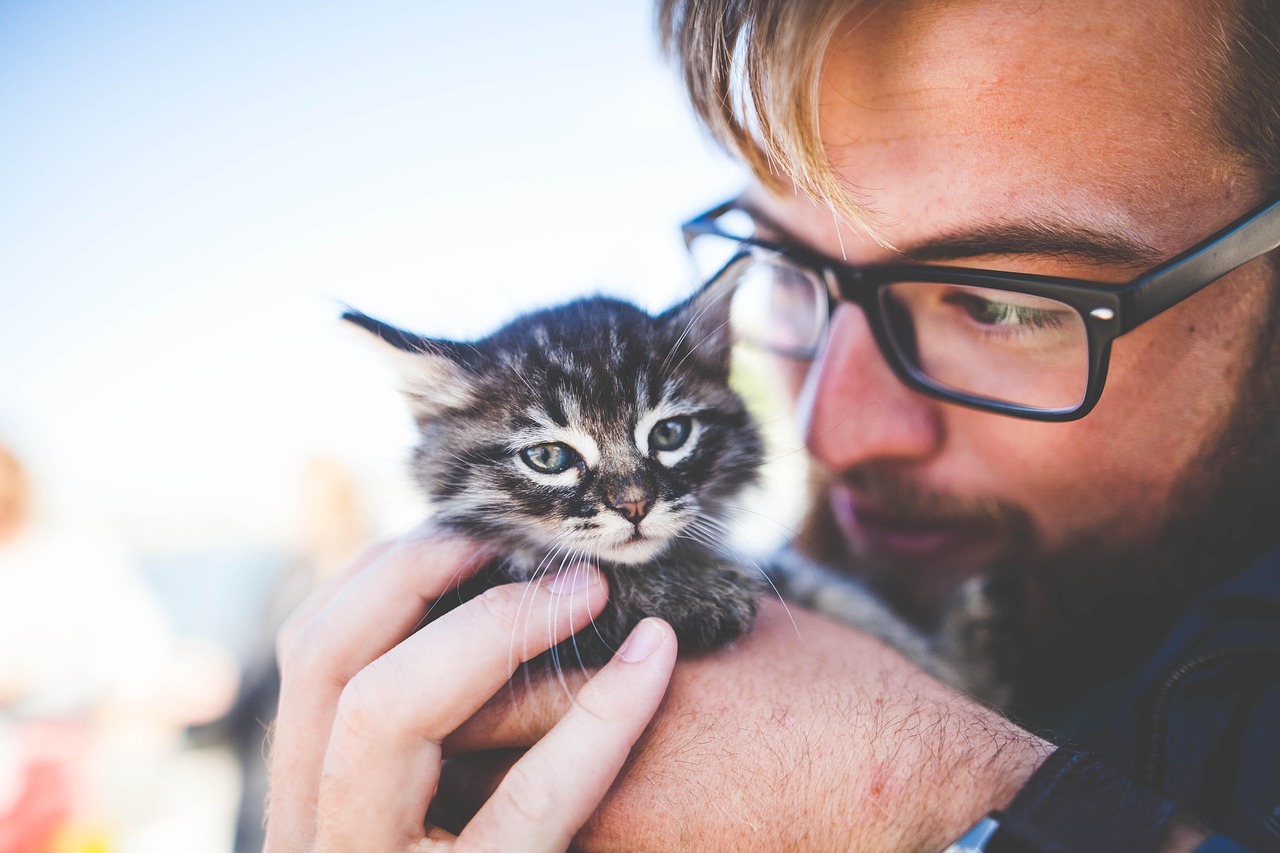
How you behave and your mood can have a huge impact on your cat’s behavior. Studies on cats’ ability to read emotions of humans show that cats can both tell how humans are feeling and they may alter their behavior based on our emotions. Therefore, if you are going through a challenging time, it may result in your cat behaving differently. This emotional mirroring is both fascinating and concerning.
If your cat picks up on your mood being poor or you being angry, they may become fearful. Fear can result in aggressive behavior in cats. This may exacerbate an underlying behavior problem. Your stress literally becomes their stress, creating a cycle where your cat’s behavioral problems increase your frustration, which in turn worsens their behavior.
I’ve noticed that cats are incredibly perceptive to household tension, changes in routine caused by owner stress, and even subtle changes in how we interact with them. If you’re stressed, you may not be as patient with them and resort to less than ideal methods of behavior modification. That will increase your cat’s stress and may result in other behavior problems.
Social Conflicts and Inter-Cat Dynamics
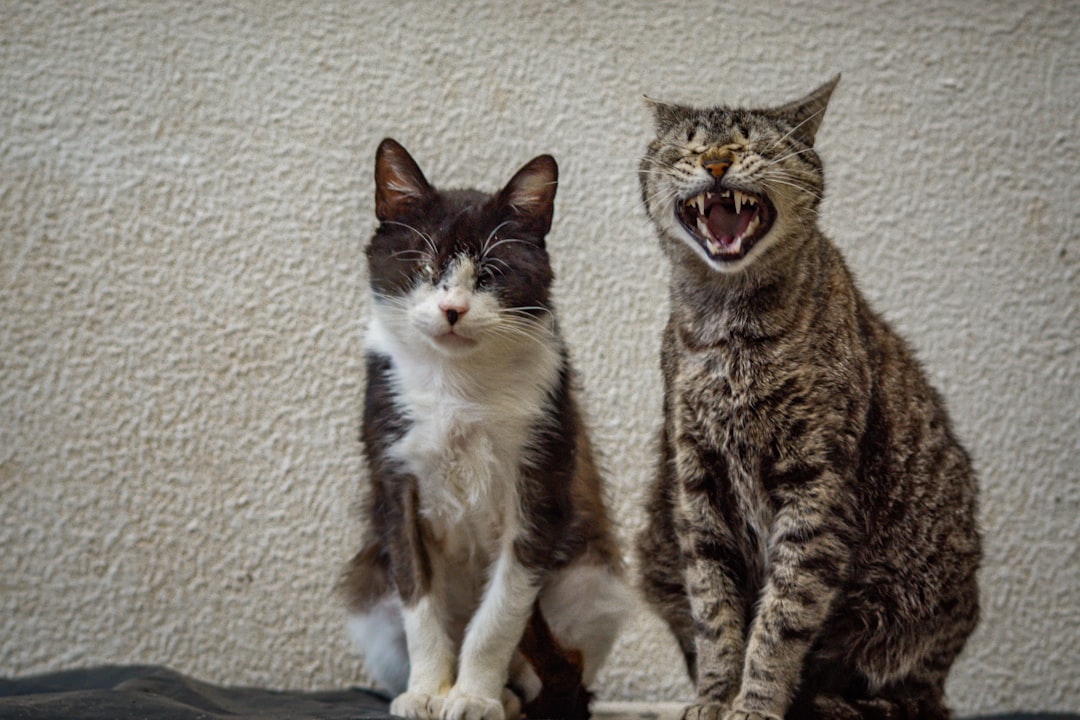
This is one of the most common reasons that can cause stress in cats. They’re not naturally inclined to live with other cats, so they’ll need careful introductions if they are to get along. The myth that cats are naturally social with their own species has led to many behavioral problems in multi-cat households.
Inter-cat aggression can simmer beneath the surface for years before exploding into obvious conflicts. Conflict with other cats can lead to chronic stress. Signs include resource guarding, territorial marking, blocking access to important areas, and subtle intimidation tactics that owners often miss. One cat might prevent another from using the litter box simply by sitting nearby and staring.
Research shows that multi-cat households can present unique challenges for feline stress management. Interestingly, this suggests that while living with other cats can create stress, it might also provide some social benefits. The key is ensuring all cats have adequate resources and space to avoid competition. Complete separation: The cats are kept in completely separate parts of the house with separate food, water bowls, litter boxes and toys.
Conclusion

Understanding these nine emotional triggers reveals just how complex and sensitive our feline companions truly are. From physical pain masquerading as bad behavior to the subtle stress of environmental changes, cats communicate their distress in ways that often go unrecognized. The most important takeaway is that behavioral changes rarely happen without reason – they’re your cat’s way of telling you something is wrong.
Understanding emotions is at the heart of veterinary behavioural medicine and is key to preventing, managing and treating reported behavioural problems in domestic cats. On a daily basis, veterinary practices are presented with the physical health impact of emotional health and with emotionally motivated behaviours that are undesirable to owners and/or detrimental to the cat.
The next time your cat suddenly starts acting out, remember that they’re not being spiteful or vindictive. They’re trying to communicate something important about their physical or emotional state. What’s your experience been with sudden changes in your cat’s behavior? Have you discovered any triggers that weren’t obvious at first?





